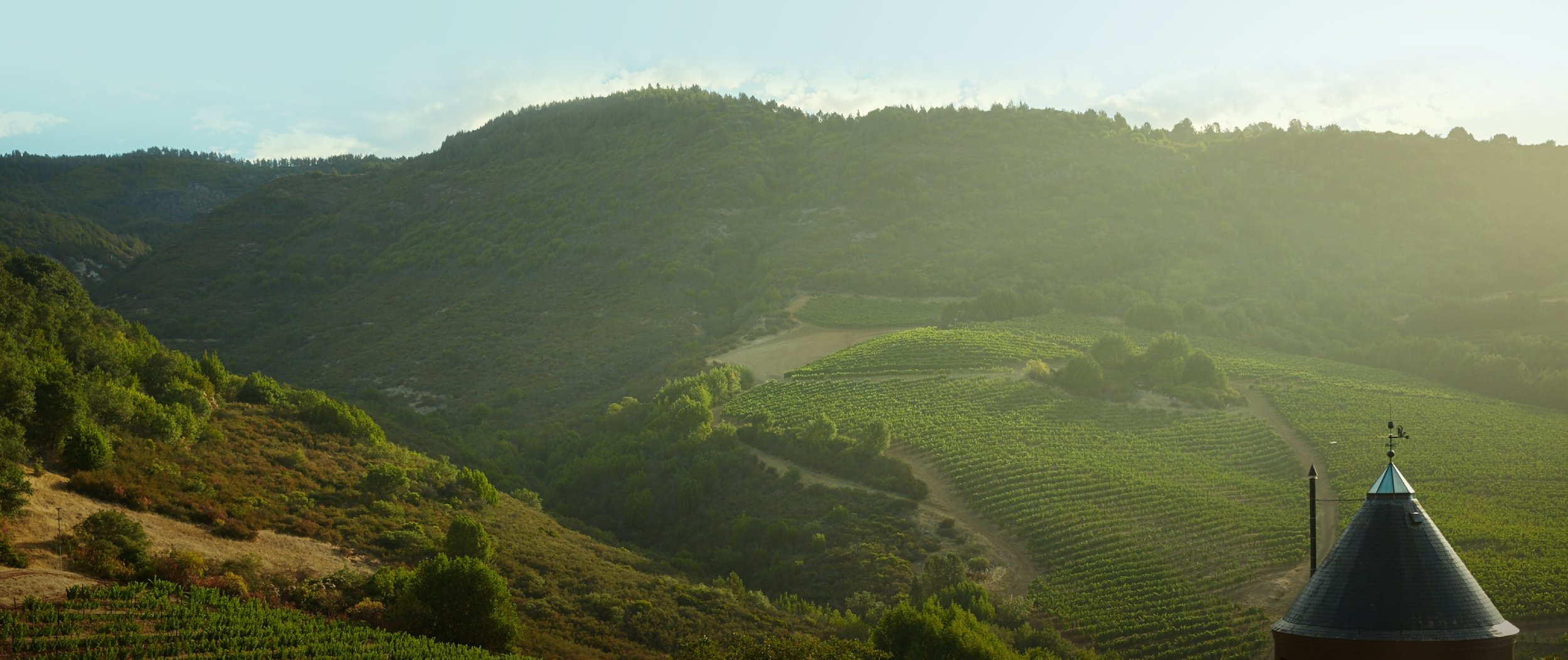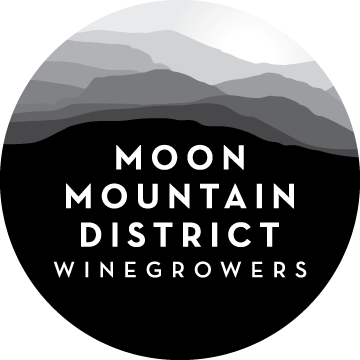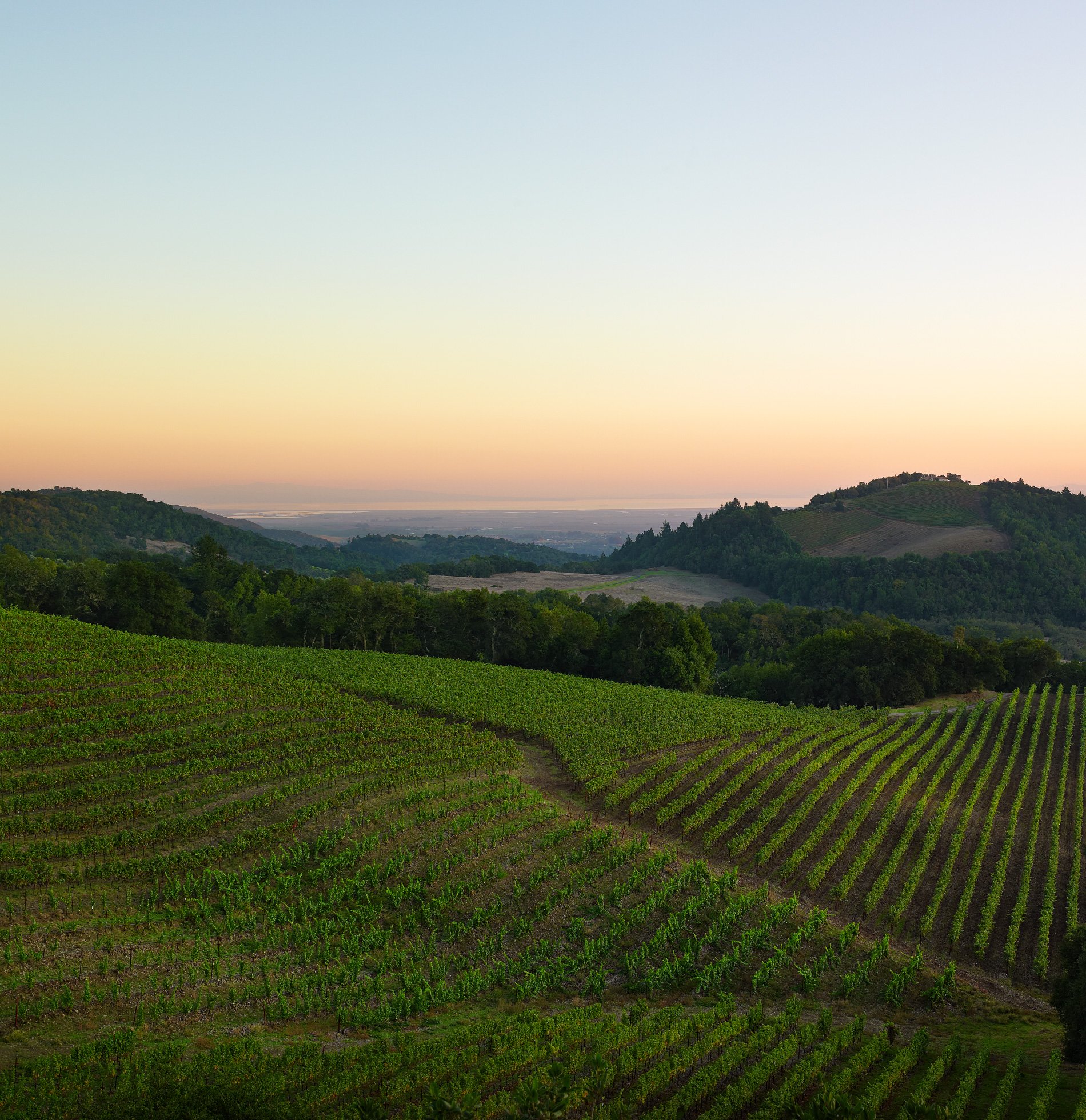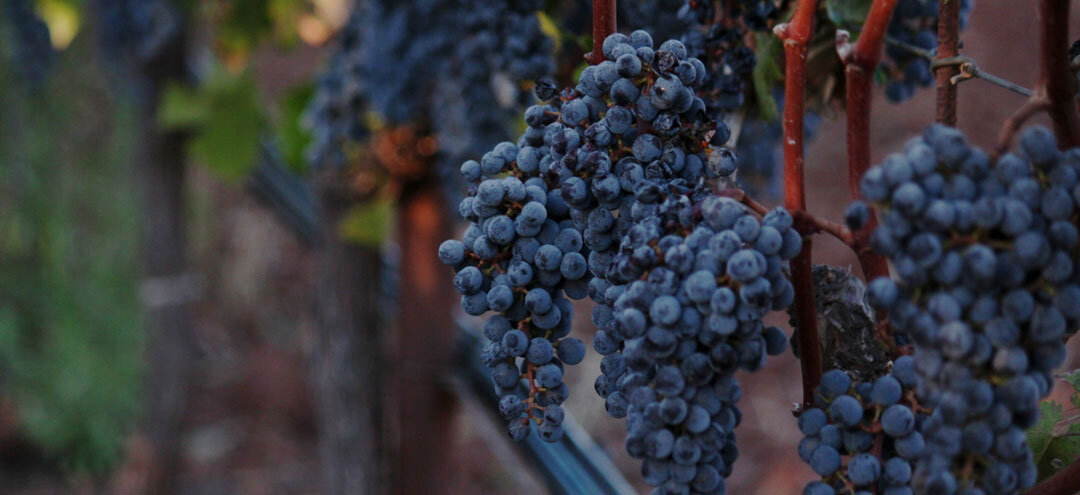
Our Terroir
MOON MOUNTAIN VINEYARD, REPRIS WINES

Regional Setting: Sonoma Valley
SILVER CLOUD VINEYARD, STONE EDGE FARM ESTATE VINEYARDS & WINERY
The Sonoma Valley is located within the major North Coast AVA of California, nestled between Sonoma Mountain to the west and the Mayacamas Mountains to the east, and bordering the Napa Valley AVA.
Sonoma Valley forms a natural open-ended wind tunnel, drawing in the cool breezes from San Pablo Bay and from the “Petaluma Gap” - a natural wind river running east-west, conveying cool air from the coastal marine layer directly over Petaluma to Sonoma Valley.
These beneficial breezes create balance in the wines by protecting the vines from excessive heating in the sun, allowing the grapes to preserve their natural acidity and freshness. For cool-climate grapes like Chardonnay, Pinot Noir, Cabernet Sauvignon and Merlot, preserving that freshness is key. Even the dozens of other grapes that thrive here, including warm-climate varietals like Zinfandel and Syrah, also benefit from the restraint of the cool air to create elegant wines capable of aging.

Sonoma Valley AVAs
ESTATE VINEYARD, KAMEN ESTATE WINES
Sonoma Valley is composed of fifteen distinct soil types divided among five different American Viticultural Areas, or AVAs: Sonoma Valley AVA, Los Carneros AVA, Sonoma Mountain AVA, Bennett Valley AVA and Moon Mountain AVA. These sub-regions of the valley are defined by their soil types, geological boundaries, and often microclimates—all of which influence the character of a wine. That is why a Chardonnay from the low-lying Los Carneros AVA will taste very different than one from the mountainous Bennett Valley AVA. Sonoma Valley may only be 17 miles long, but its varied terroirs lend incredible diversity to the wines from grapes grown here.

Moon Mountain District AVA
MOON MOUNTAIN VINEYARD , REPRIS WINES
Within Sonoma Valley, the Moon Mountain District is the newest AVA but in fact is one of the oldest and most respected wine producing areas of the entire North Coast.
"Moon Mountain District" is named for the well-known and beloved peak within the Mayacamas range, traditionally called “Moon Mountain”, which was formally named as such in 2007 following petition to the USGS Board on Geographic Names. (Nine other US states have a "Moon Mountain".)
The appellation area of Moon Mountain District AVA approved on October 1, 2013 is of course much larger than the immediate foothills of the particular peak known as Moon Mountain.
The Moon Mountain District AVA runs northwest to southeast and comprises roughly 17,663 acres overall, of which approximately 1,500 acres are planted with wine grapes—including some very old and respected vineyards. The appellation is enclosed entirely within the already existing Sonoma Valley AVA, but is very distinct by virtue of its soils and altitude.
The AVA comprises elevations ranging from 400 to over 2,200 feet above sea level, with vines growing in a variety of soils, mainly rocky and of volcanic origin. Vineyards are operated on the hillsides, gentle slopes, escarpments and even ridge tops along the Eastern side of the Mayacamas Mountains.
Vineyards of Moon Mountain District generally face southwest, receiving ample exposure not only to midday and afternoon sun, but also to marine layer inflows and crosswinds from the Pacific Ocean and San Pablo Bay. Within this mountainous AVA the heat of the day is not so excessive and the night-time cooling not as pronounced as in the valley floor.

AVA Land Characteristics
ESTATE VINEYARD, KAMEN ESTATE WINES
The AVA’s lands are completely mountainous, with signs of the massive volcanoes that formed the Mayacamas Mountains jumping into view around every corner. Volcanic outcroppings punctuate sloping hillsides and escarpments. Among the AVA’s meadows, canyons and ridges the visitor will encounter everything from arid chaparral to scrub oak woodlands, even a few redwood stands tucked among steep ravines.
Within the AVA boundaries just 1,500 acres are planted vineyard land, mostly in small pockets curving across steep hillsides. Rugged forested stands of fir, oak and madrone are interspersed among the patches of pristine vineyards curving across the sloping mountainscape.

Visitors Will Experience…
ESTATE VINEYARD, KAMEN ESTATE WINES
Vineyards and wineries here are close and accessible to Bay Area major cities, yet still well off the beaten path. Access to the vineyards is along old-time, narrow, winding one-lane roads, making travel and enotourism both a journey and a destination for those seeking to enjoy an intimate experience at some of California's finest wineries and vineyards.
The altitudes, mountainsides and volcanic soils provide a unique environment for growing a variety of superb wines, as well as being particularly convivial and dramatic for the visitor.
A clear view 50 miles south to San Francisco is not uncommon from many vineyards in Moon Mountain District. The panorama sweeps to the Sonoma Valley below and extends far, to Mount Tamalpais, the coastal foglines and Golden Gate Bridge.
Visitors to the District’s vineyards, wineries and tasting rooms can savor some of the most intimate, educational and visually enthralling wine experiences available in the North Coast.…









